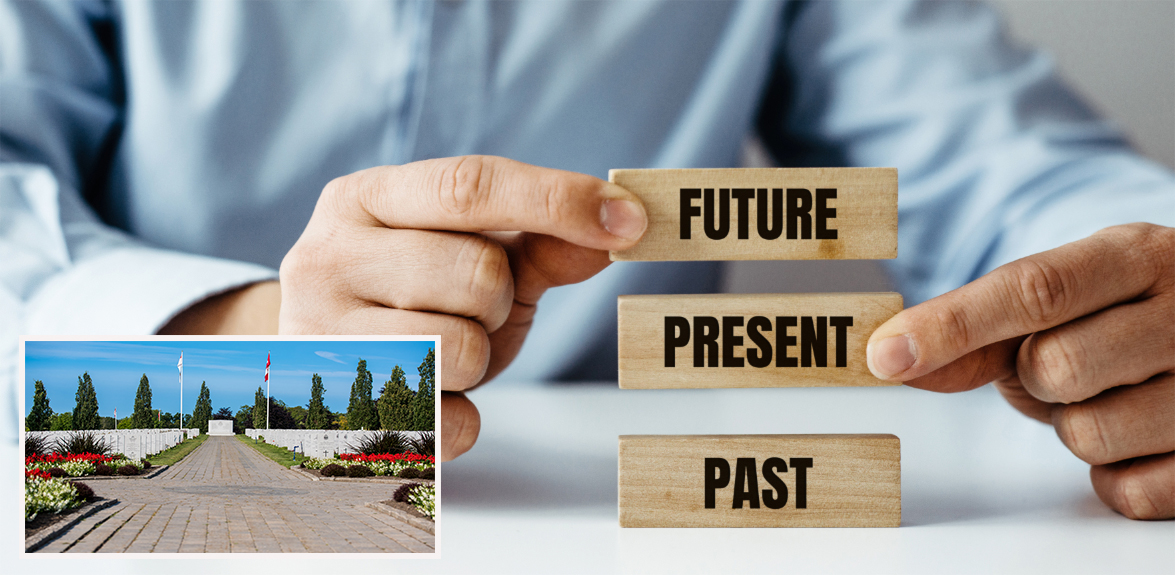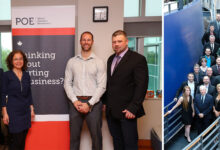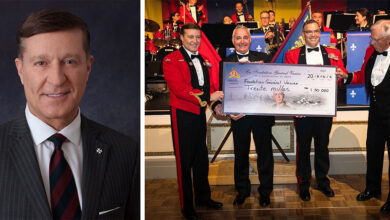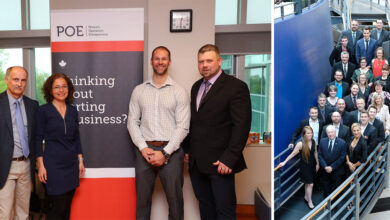Beyond The UniformEntrepreneur
Honouring History – Without Living in the Past
Every year, on the 11th of November, Canadians, along with citizens from many other nations, gather to commemorate Remembrance Day. For former soldiers, especially those bloodied by war, this is a sacred day when all the fallen are remembered, and the current war survivors are honoured. It encapsulates all the tragic days on the battlefield into one. As a veteran, my ritual is to attend the ceremony at the Beechwood National Military Cemetery in Ottawa.
On my six-month tour of duty in Kandahar, Afghanistan, 19 soldiers were killed, including one of my own, many of whom are buried at Beechwood. After the ceremony, I’ll walk the graves, stopping at each one that I knew or was a witness to their death. I’ll stop and remember by having a drink with their spirit, consuming a swig of whiskey, and pouring a small amount on the headstone.
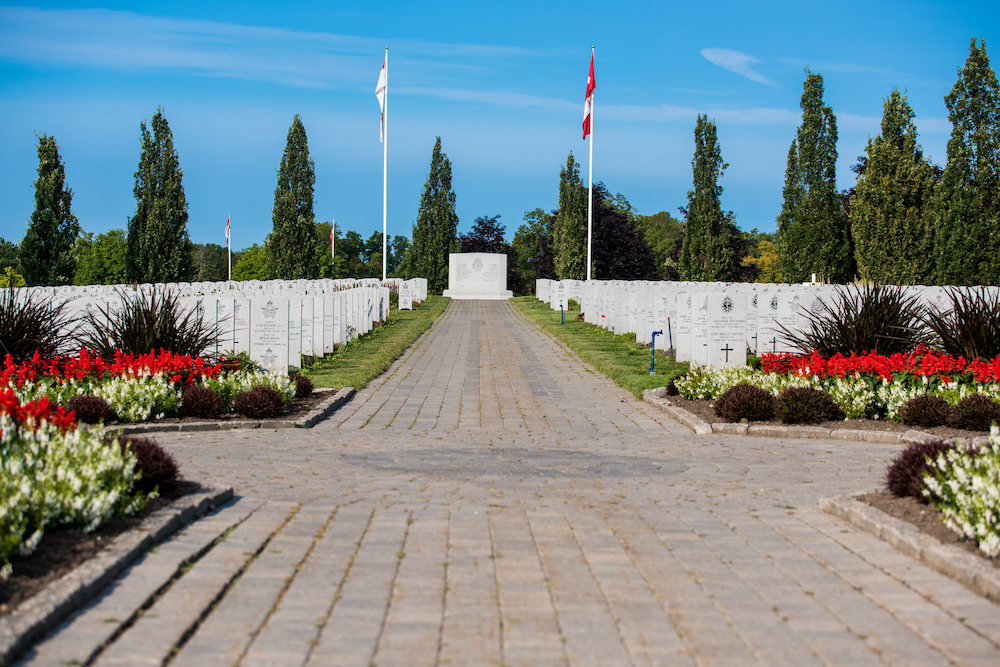
My memories come alive, and I am transported back in time. I live most of that day in remembrance and solace, which is to say, deeply in the past. Many things have been said about the importance of the past. One of the more famous quotes by George Santayana is that “those who cannot remember the past are condemned to repeat it.”
How much time and energy are you spending managing the present? What would it take to delegate some of your day-to-day management tasks to free you up as a leader to focus on issues that only you can solve?
A more nuanced view comes from Mark Twain, who purportedly said that “history does not repeat itself, but it often rhymes.” There is much to be learned from the past and its rhymes. There is a great benefit in honouring history. The problem for many people and many organizations—often long-established and/or with strong cultures—is that tradition shackles them to the past. This past-heavy time orientation can distort the view of the present and obscure opportunities in the future. So we must ask ourselves: How do you honour history, without living in the past?

Leadership: Past, Present, and Future Orientation
As a leader, you must constantly shift your location and perspective to achieve the greatest impact. This could mean moving around physically across the organization to get “ground truth” from different vantage points: head or regional offices, shop floor, front lines, suppliers, clients, etc.
It can also mean shifting your mindset and time orientation between the past, present, and future. While there is no hard rule, the most ffective leaders spend most of their time managing the present and shaping the future. Yet, as Vijay Govindarajan notes in his article, Great Innovators Create the Future, Manage the Present, and Selectively Forget the Past on the Harvard Business Review website, remain proactively engaged when “yesterday’s values and beliefs keep the company stuck in the past.” Here are some of my thoughts on how to extract the most out of the various time orientations.

Past
The past is rich with data that can, if interpreted correctly, provide background and context. This provides you as a decision-maker with a baseline for assumptions about the present environment.
After Action Reviews are valuable ways to investigate and record what went well, what went well, what did not, why events occurred the way they did, and, most importantly, what the organization can learn from the experience to improve, here, spending time reviewing the past is beneficial so long as it informs your future adaptive actions.
High-performance teams also lean heavily on their shared experiences and the stories that they tell. This can go back to the organization’s origin story that forms the foundation upon which everything has been built. Celebrating those traditions is vital as that strengthens the bonds of human connection.

Present
In the present, you need to maintain a balance between keeping a broad perspective, supervising your people’s work, and intervening when necessary to assist at the point of friction. The plan never survives contact with the real-world environment. There will always be things to manage on a daily, weekly, or monthly basis. The issue for many leaders is how much do they do themselves and how much do they delegate to others.
The key is to keep your eye on performance metrics and track the overall vision. My humble advice is to build a team where trust is the common currency, give intent-based direction, and allow your people to execute freely within the general guidelines you assigned them. Also, you must provide clear boundaries on what information is routine and what needs to come to your attention immediately so you can make plan-altering decisions and remain flexible to the needs of your people and the situation.

Future
Alan Kay, who helped to bring us the windows graphical user interface, stated, “the best way to predict the future is to invent it.” Perhaps, the most innovative amongst us can create our future. For the rest of us, I have three suggestions.
-
- First, the approach is to note how Amazon co-founder Jeff Bezos takes to determine what is not likely to change in the environment over the long term and focus on that. Rather than trying to predict how the market will trend, noted Bezos in Jeff Haden’s article 20 Years Ago, Jeff Bezos Said This 1 Thing Separates People Who Achieve Lasting Success From Those Who Don’t on Inc.com. In other words, focus on what is enduring and build a solid value proposition and strategy around that.
- Second, assume that rapid change is here to stay and develop yourself and your organization to be adaptive. That means learning how to learn. One of the best learning frameworks is the Adult Learning Cycle, where experience, reflection, theory, and experimentation are combined.
- Third, plan for contingencies before you are faced with a crisis or market disruption.
A simple way to achieve this is something called a PACE Plan. I have written about PACE in my article Survival “Tent” Routine: COVID-19 (Part 4) on gasparotto.co, PACE is an acronym for Primary, Alternate, Contingency, and Emergency. This equates to a hierarchy of sub-plans or means and methods to accomplish the mission (or elements thereof). Typically, it is used for communication planning. However, the idea can be applied to almost anything.
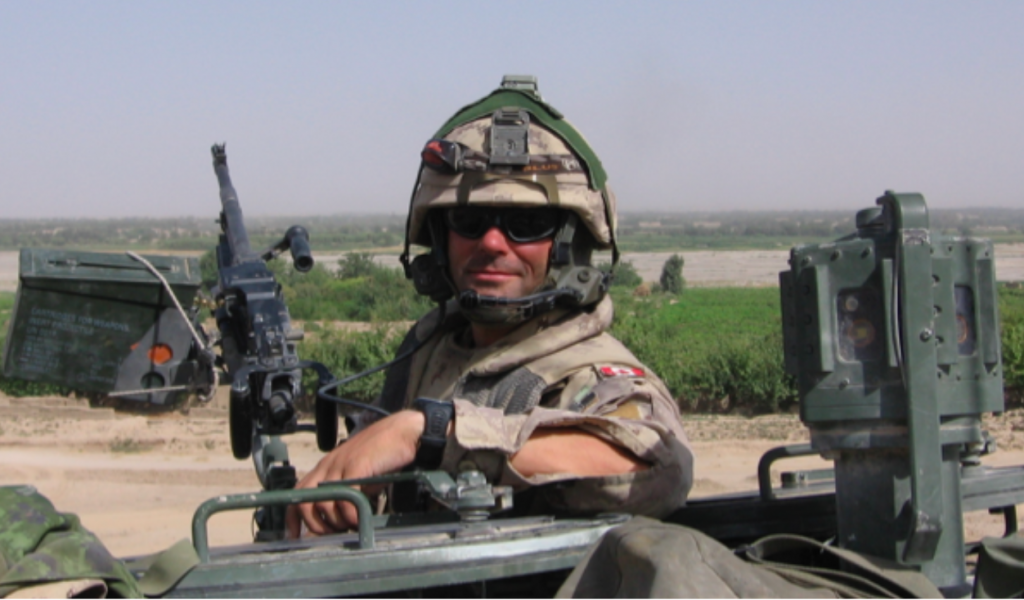
Experience
As a former Army officer, much of my life remains steeped in tradition and history. Certainly, on Remembrance Day, I relive many moments from the past and honour those who came before me and those who did not come home. As a parent, I have struggled to live in the present. Therefore, I connect with my children. Children live in the moment, and they have taught me that to be truly present in the moment is the best way to live a rich life.
As an entrepreneur, I do my best to visit the past only as an aid and to learn from experience, understanding the present context, and to approximate elements of the future. My team’s collective military background is an essential part of the business’s value proposition and service offerings. We celebrate our shared experiences and our origin story on the battlefields of Afghanistan.
At the Gasparotto Group, we live by the enduring principles of leadership. We lean on our hard- won military experiences, knowing that they are not the sole guide in our decision-making. We constantly strive to honour our history as we are consciously present in the moment, all the while looking at what the future holds.


